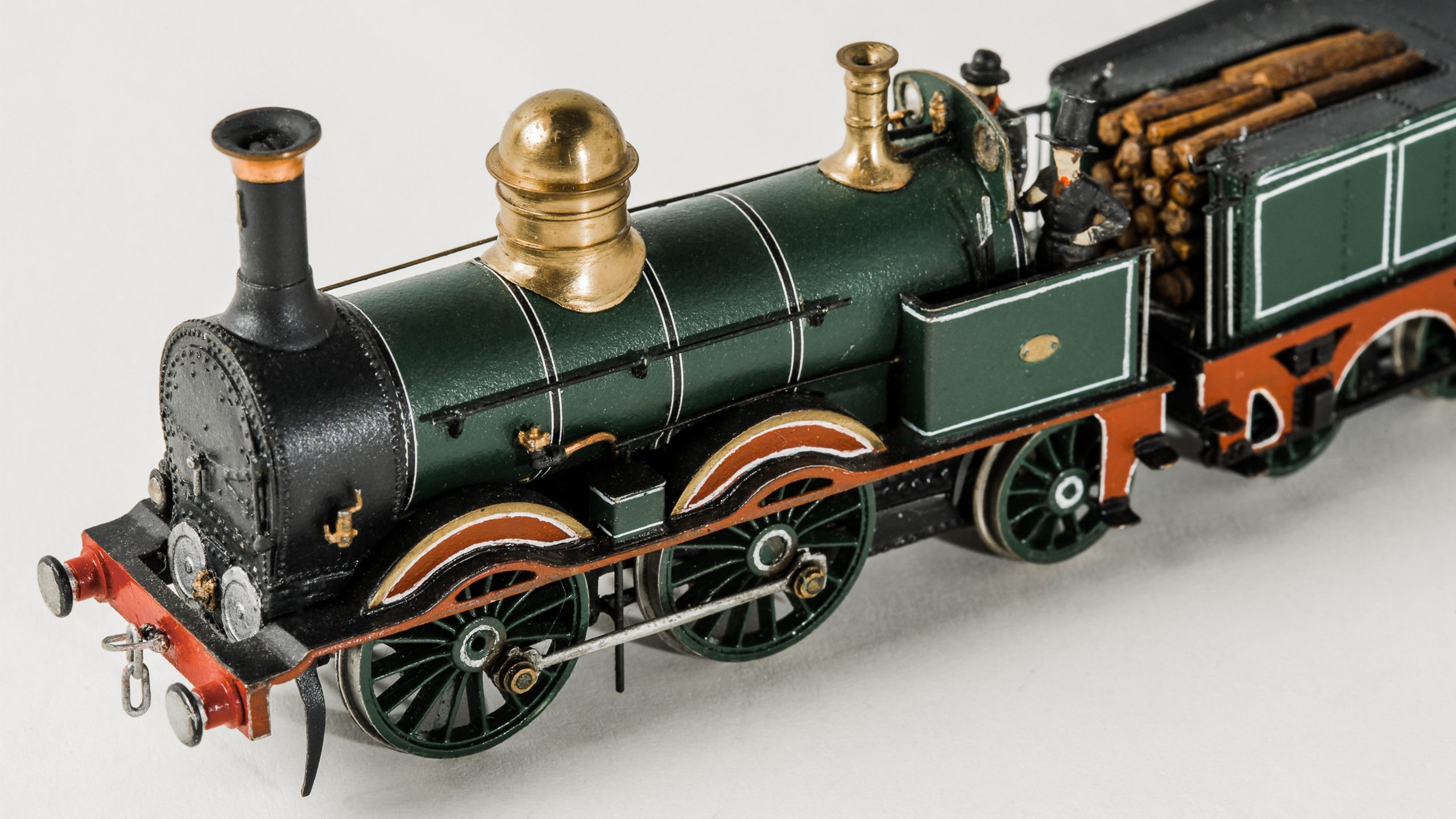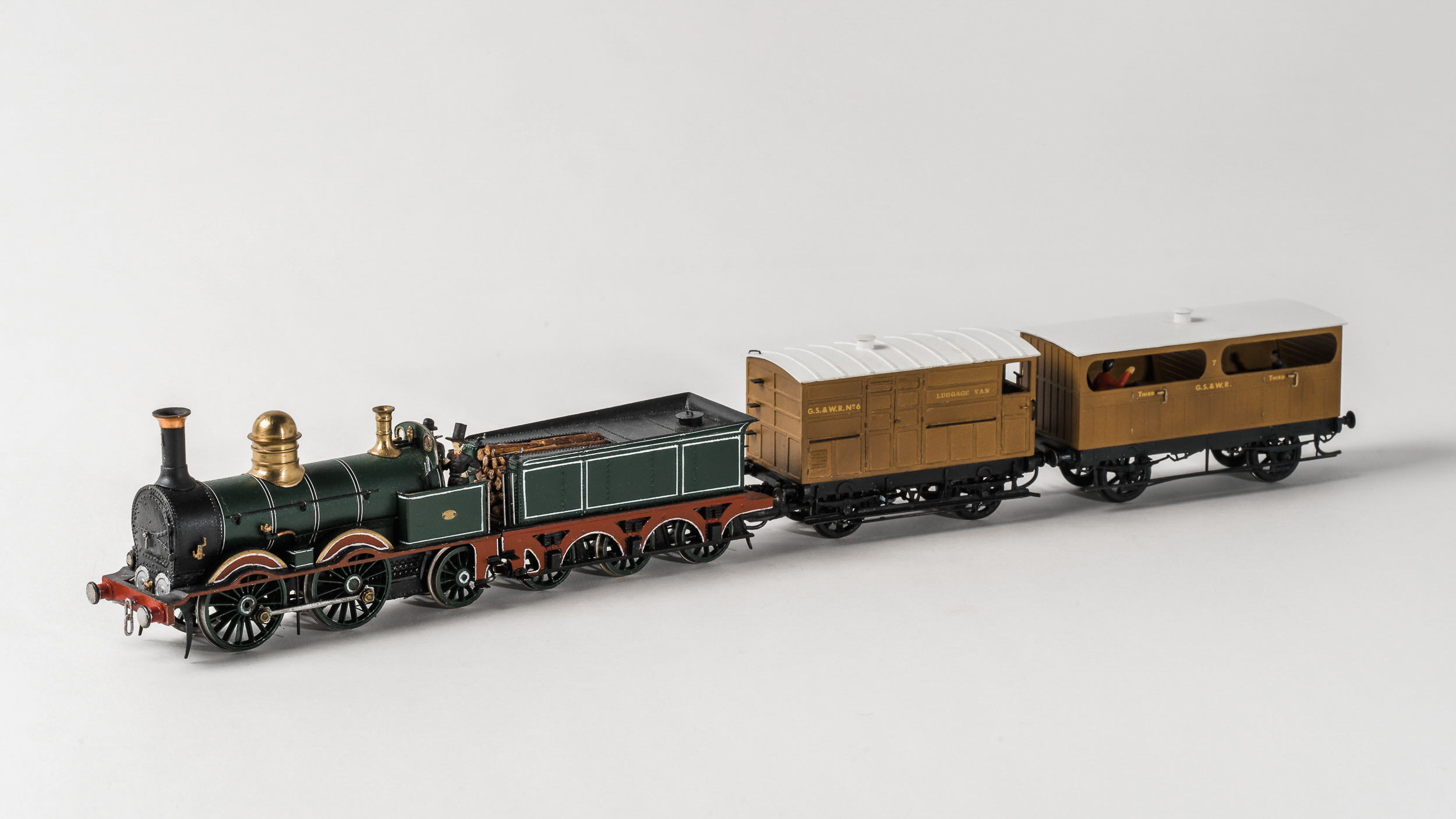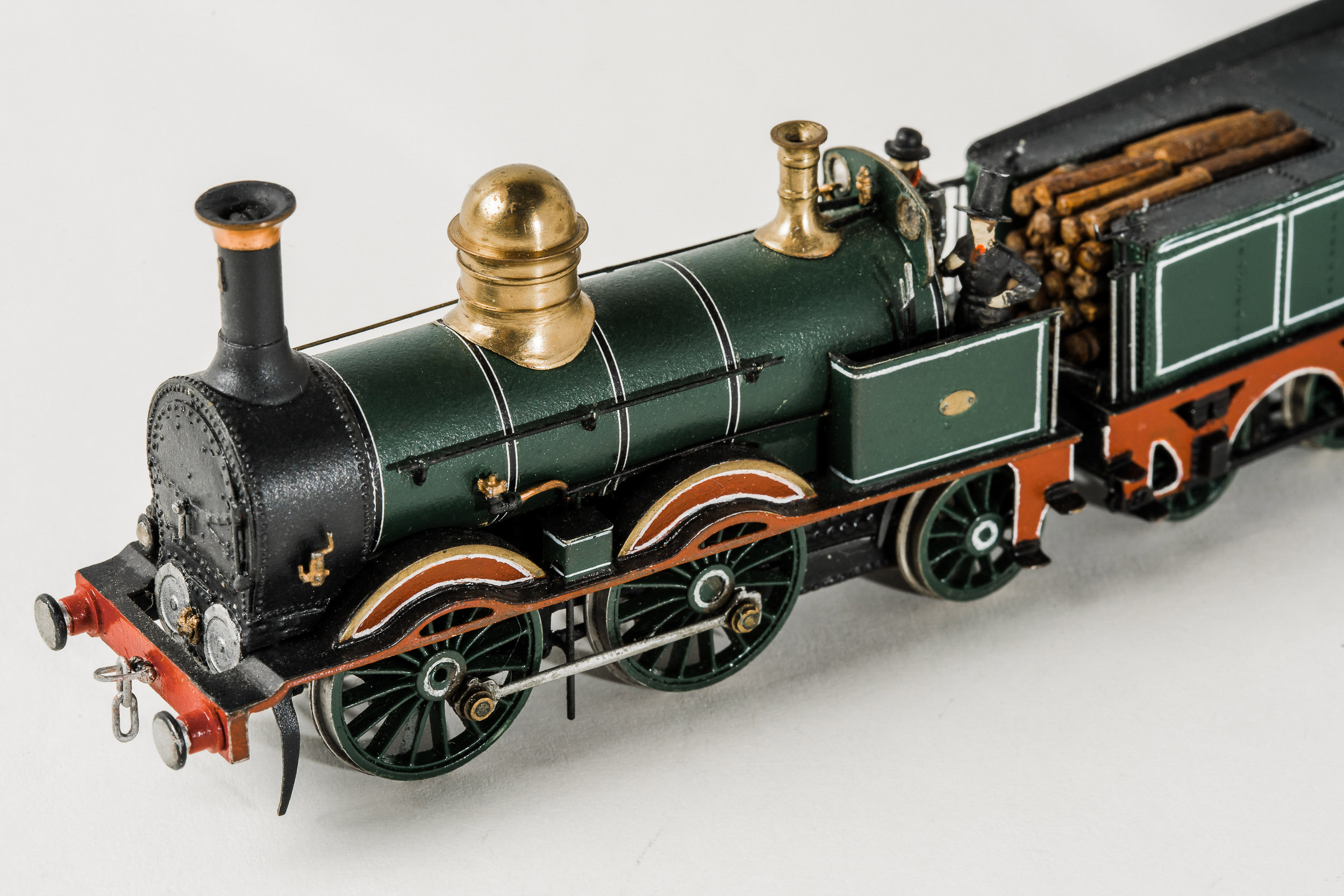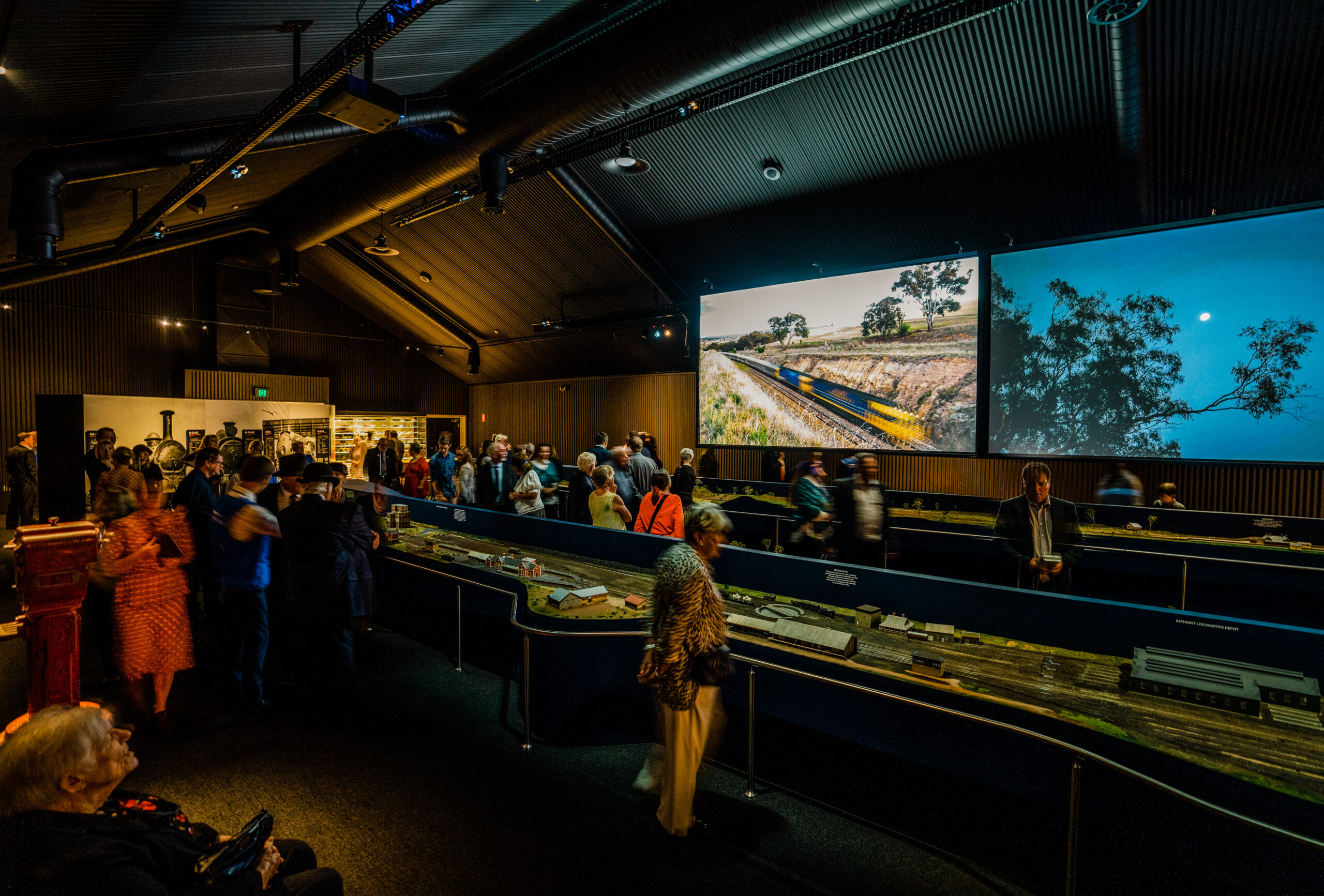First in Line
The Beginnings of Rail in NSW
This diminutive model of No. 1 steam locomotive represents a train with a very big place in history.
The No. 1 locomotive was made in England by Robert Stephenson and Company and was one of four steam locomotives shipped to Australia in January 1855. Its arrival heralded the start of rail service in New South Wales.
At the time, there were few rail lines anywhere in the state. So much so, when No. 1 was offloaded at Circular Quay in Sydney, it had to be hauled by a team of twenty horses about two kilometres to reach the existing tracks where it was quickly put in service hauling cargo and ballast.
In a much-anticipated service on 28 May 1855, No. 1 hauled the first passenger train in NSW; a ten-minute, seven-kilometre special service for the Governor General and other dignitaries between Sydney and Long Cove viaduct (near the suburb now known as Lewisham).
Contrary to popular belief, it did not haul the first passenger service between Sydney and Parramatta. When the line was officially opened in September 1855, the No. 1 was out of service.
This meticulous scale model of the No. 1 steam locomotive shows the tender full of timber before the engine was modified to use coal. The train worked for twenty-two years and travelled 251,930 kilometres (156,542 miles) before it was retired.
Incredibly, the No. 1 steam locomotive was preserved and is now in the collection of the Powerhouse Museum. It is the only locomotive in the world designed by John McConnell in the 1850s that still exists. However, this model keeps the story alive hundreds of kilometres away from Sydney at the Bathurst Rail Museum.






